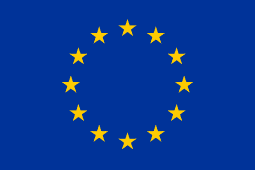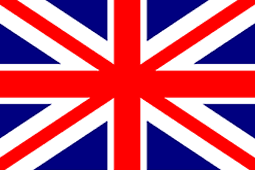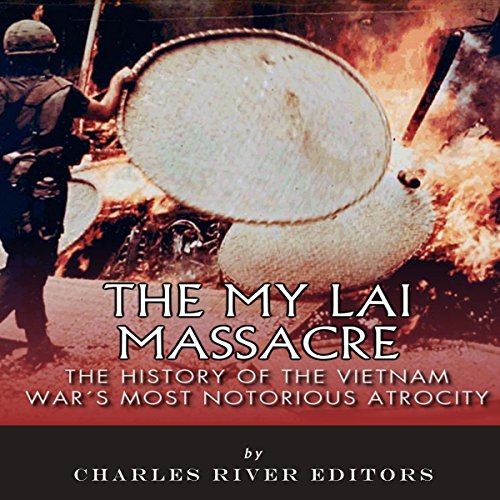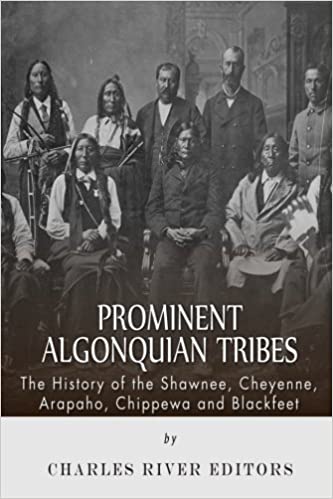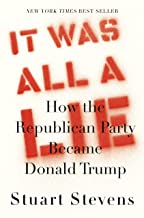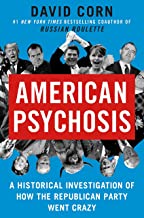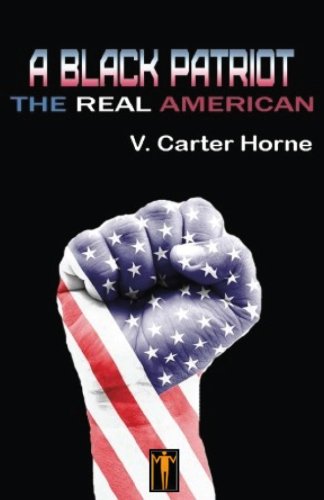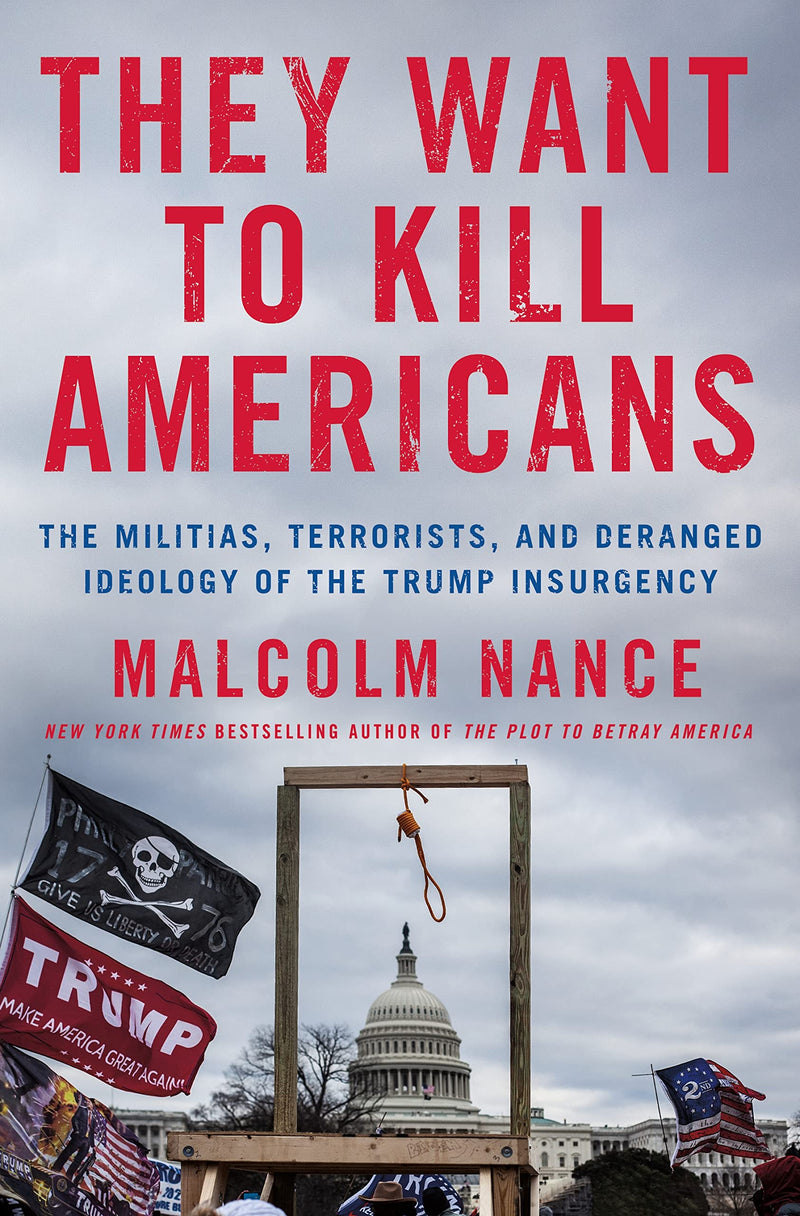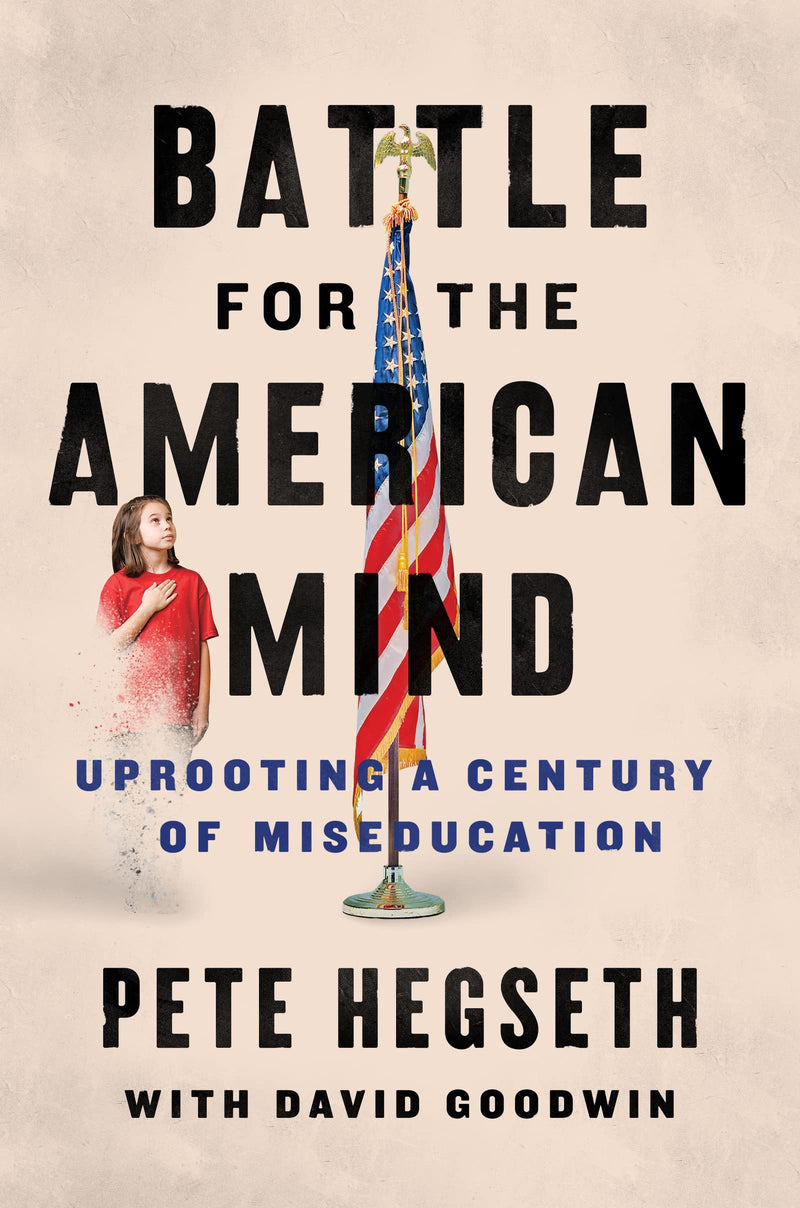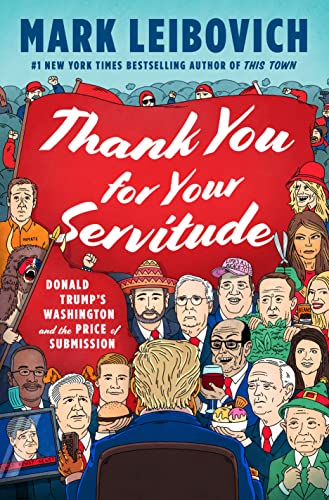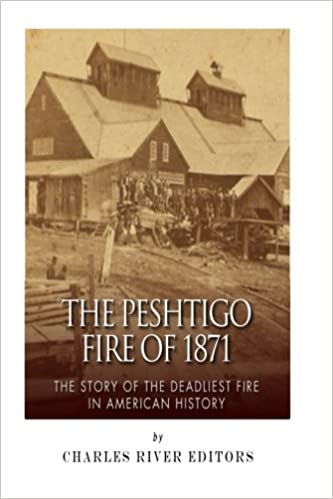The My Lai Massacre: The History of the Vietnam War's Most Notorious Atrocity
ISBN: 9781508862901"I walked up and saw these guys doing strange things.... Setting fire to the hootches and huts and waiting for people to come out and then shooting them.... Going into the hootches and shooting them up.... Gathering people in groups and shooting them.... As I walked in you could see piles of people all through the village...all over. They were gathered up into large groups. I saw them shoot an M79 [grenade launcher] into a group of people who were still alive. But it was mostly done with a machine gun. They were shooting women and children just like anybody else. We met no resistance and I only saw three captured weapons. We had no casualties. It was just like any other Vietnamese village - old papa-sans, women, and kids. As a matter of fact, I don't remember seeing one military-age male in the entire place, dead or alive." (PFC Michael Bernhardt)
The Vietnam War could have been called a comedy of errors if the consequences weren't so deadly and tragic. In 1951, while war was raging in Korea, the United States began signing defense pacts with nations in the Pacific, intending to create alliances that would contain the spread of Communism. As the Korean War was winding down, America joined the Southeast Asia Treaty Organization, pledging to defend several nations in the region from Communist aggression. One of those nations was South Vietnam. Before the Vietnam War, most Americans would have been hard pressed to locate Vietnam on a map. South Vietnamese President Diem's regime was extremely unpopular, and war broke out between Communist North Vietnam and South Vietnam around the end of the 1950s. Kennedy's administration tried to prop up the South Vietnamese with training and assistance, but the South Vietnamese military was feeble.


